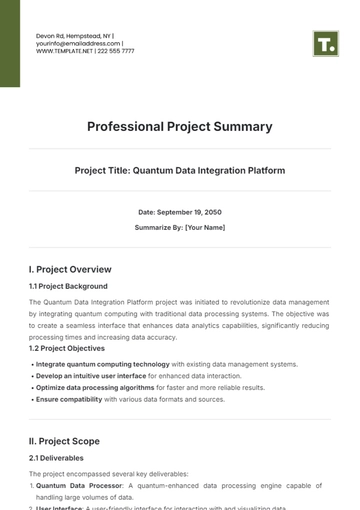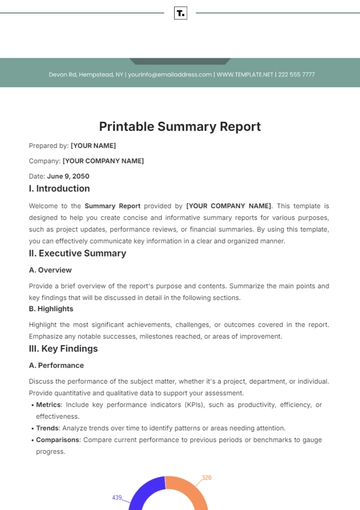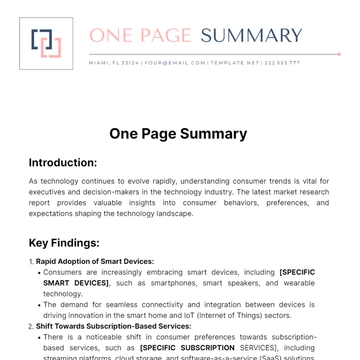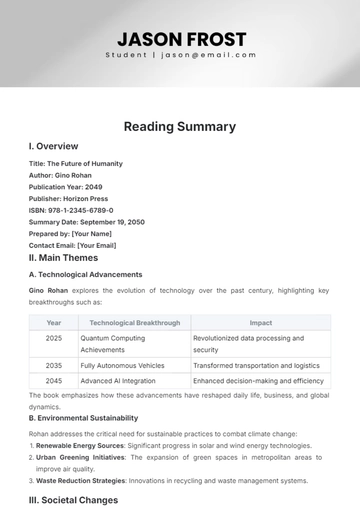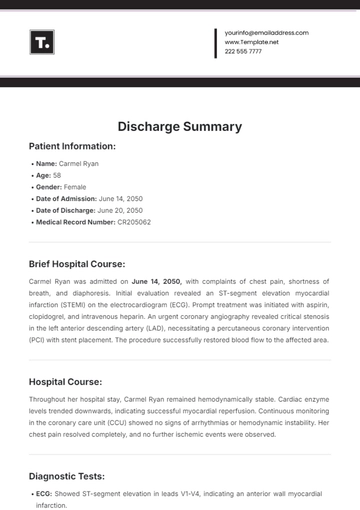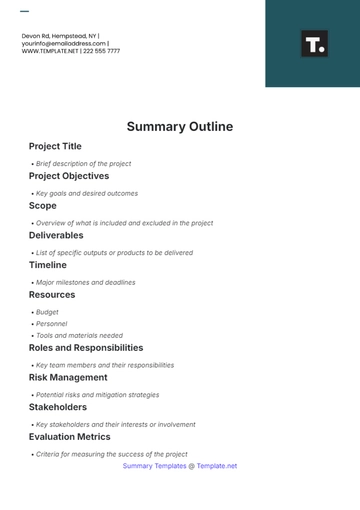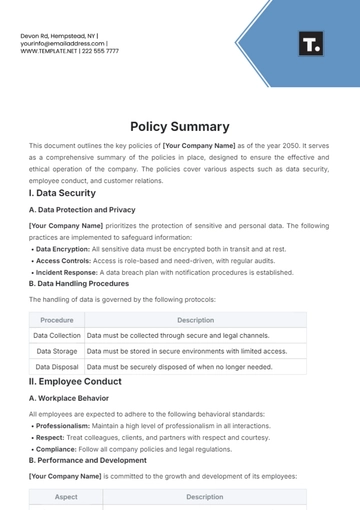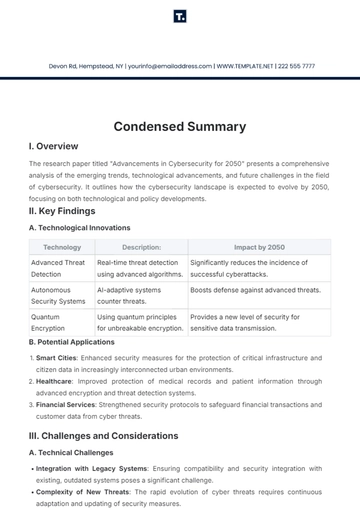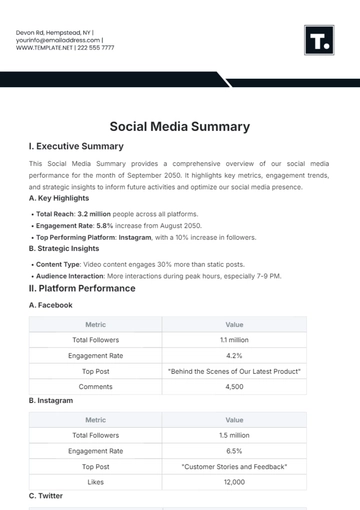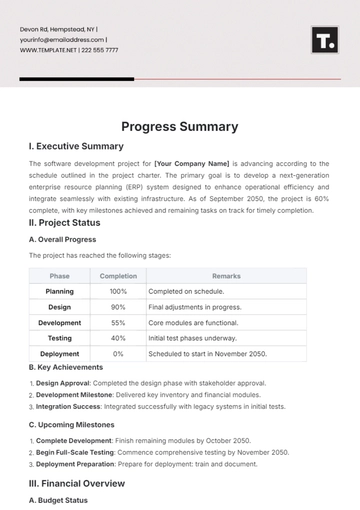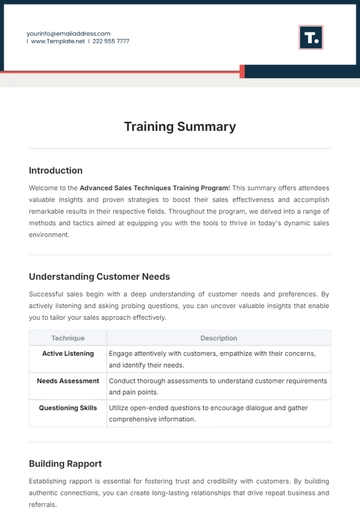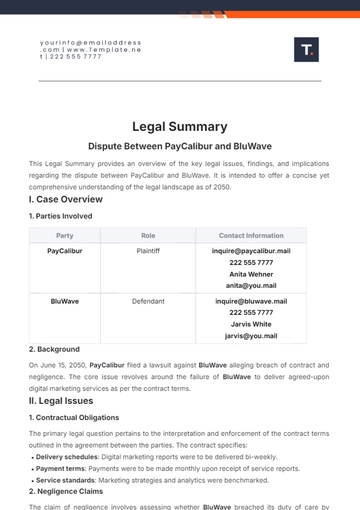Free Condensed Summary

I. Overview
The research paper titled "Advancements in Cybersecurity for 2050" presents a comprehensive analysis of the emerging trends, technological advancements, and future challenges in the field of cybersecurity. It outlines how the cybersecurity landscape is expected to evolve by 2050, focusing on both technological and policy developments.
II. Key Findings
A. Technological Innovations
Technology | Description: | Impact by 2050 |
|---|---|---|
Advanced Threat Detection | Real-time threat detection using advanced algorithms. | Significantly reduces the incidence of successful cyberattacks. |
Autonomous Security Systems | AI-adaptive systems counter threats. | Boosts defense against advanced threats. |
Quantum Encryption | Using quantum principles for unbreakable encryption. | Provides a new level of security for sensitive data transmission. |
B. Potential Applications
Smart Cities: Enhanced security measures for the protection of critical infrastructure and citizen data in increasingly interconnected urban environments.
Healthcare: Improved protection of medical records and patient information through advanced encryption and threat detection systems.
Financial Services: Strengthened security protocols to safeguard financial transactions and customer data from cyber threats.
III. Challenges and Considerations
A. Technical Challenges
Integration with Legacy Systems: Ensuring compatibility and security integration with existing, outdated systems poses a significant challenge.
Complexity of New Threats: The rapid evolution of cyber threats requires continuous adaptation and updating of security measures.
B. Ethical and Societal Implications
Privacy Issues: Balancing robust security measures with the need to protect individual privacy and civil liberties.
Economic Impact: The potential for increased costs associated with advanced security measures and their impact on businesses and consumers.
IV. Future Directions
The paper suggests several avenues for future research, including:
Development of Next-Generation Encryption Technologies: Focus on creating more advanced encryption methods that are resistant to emerging threats.
Enhanced Collaboration: Fostering greater cooperation between cybersecurity experts, organizations, and governments to address global security challenges.
Policy Development: Crafting and implementing policies that address both technical and ethical aspects of cybersecurity advancements.
V. Conclusion
The research paper concludes that while significant advancements in cybersecurity are anticipated, achieving robust and effective security solutions by 2050 will require ongoing innovation, interdisciplinary collaboration, and careful consideration of privacy and ethical issues.
For more information or inquiries, please contact:
[Your Name]
[Your Email]
[Your Company Name]
[Your Company Email]
[Your Company Address]
[Your Company Website]
[Your Company Number]
- 100% Customizable, free editor
- Access 1 Million+ Templates, photo’s & graphics
- Download or share as a template
- Click and replace photos, graphics, text, backgrounds
- Resize, crop, AI write & more
- Access advanced editor
The Condensed Summary Template offers a streamlined format for presenting essential information succinctly. It includes sections for key points, main ideas, and conclusions. Ideal for summarizing reports, presentations, or documents, this template helps distill complex content into a brief, clear overview, making it easy for readers to grasp the core message quickly.

